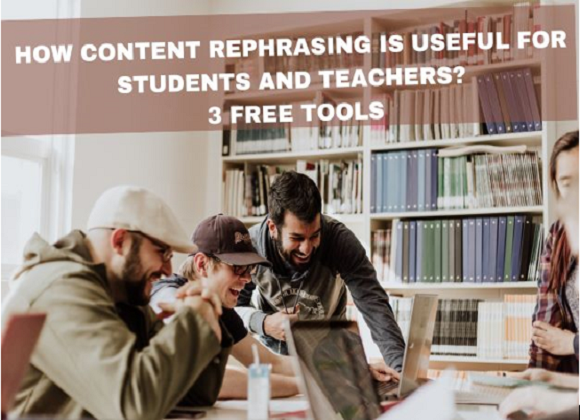Courses
Grow skills with quality courses
What is Mindfulness?
ध्यान करने का एक तरीका है जिसमें ध्यान को वर्तमान क्षण (The Now) में केंद्रित करते हैं।
Mindfulness is awareness of THE NOW. Mindfulness is the basic human ability to be fully present, aware of where we are and what we’re doing, and not overly reactive or overwhelmed by what’s going on around us.
Mindfulness is awareness.
Why do we need to practice Mindfulness in our everyday lives?
“It is both the work and the adventure of a lifetime not to be trapped in either our past or our ideas and concepts, but rather to reclaim the only moment we ever really have, which is always this one.”
~Jon Kabbat-Zinn
Taking care of this moment can have a remarkable effect on the upcoming moments that is, the future. If you can be mindful at this moment, it is possible for the next moment to be different and beautiful—because you are aware and not imposing anything on it in advance.
Mindfulness practices can help us to increase our ability to regulate emotions, decrease stress, anxiety, and depression. It can also help us to focus our attention, as well as to observe our thoughts and feelings without judgment.

How to practice Mindfulness?
Step 1: Breathe in deeply, and relax as you breathe out
Step 2: Drop all your worries and concerns
Step 3: Bring more awareness into breathing
Step 4: Start counting the breaths slowly. And repeat
Step 5: Get deeply immersed in the breathing process
Step 6: Do not drift off with the thoughts moving through your mind
Step 7: Keep settling more and more into a peaceful awareness
Above are the steps that can be followed regularly to practice mindfulness for beginners. I am sharing the link to an audio file that I prepared long back that you can play and practice mindfulness.
Some factors to consider before practicing Mindfulness:
About the author
Comments
Recommended by Gurushala

Technology & Innovation
-By Valentina MilanovaHow Content Rephrasing is Useful for Students and Teachers? 3 Free Tools

Stories of Indian Classrooms
-By GurushalaOn the course of continuous learning- An inspiring teacher story from Pune
Related Articles
